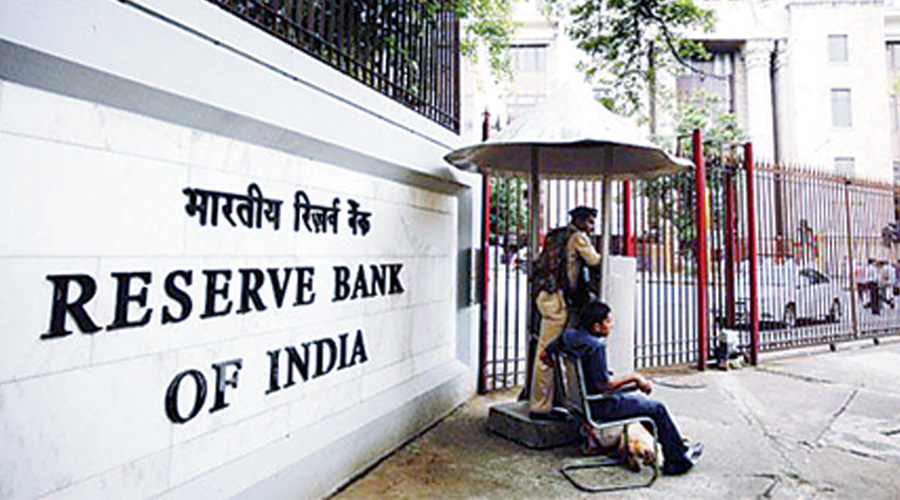The RBI continues to struggle to put a cap on rising bond yields with the rates on the 10-year paper refusing to come down below 6 per cent, a phenomenon that has been compounded by two factors — the Centre’s announcement of a huge borrowing programme and the wave of short-selling by market players.
According to a note by the economic research wing of State Bank of India, the average increase in G-Sec yields across three, five and 10 years is around 31 basis points since the budget.
The report said one of reasons for the recent surge in yields may be short selling by market players.
According to Soumya Kanti Ghosh, group chief economic adviser, SBI, the strategy of short selling involves the sale of a security which the seller has not yet purchased but borrows the security from others in the market. The banks and the primary dealers resort to short selling when their view is bearish — the prices of the bond will fall and the yield will rise.
They make money if the bond prices drop and yields rise, and over a point of time this could become a “self fulfilling prophecy” as such short sellers keep on rolling over their borrowed security till the time they believe that yields will continue to rise.
The only way to break this is for the RBI to conduct large scale open market operations to provide necessary steam to the bond market to rally.
Ghosh said any further upward movement in G-sec yields even by 10 basis points from the current levels could usher in mark-to-market losses for banks that could be a minor blip in an otherwise exceptional year during which the RBI helped the government raise debt at the lowest possible cost in 16 years.
Thereafter, the RBI’s monetary policy also could do little to prevent the fall in bond prices, despite its assurance of ample liquidity and that the borrowing programme will be conducted without any disruption to the Government.
More recently, rising US bond yields have also contributed to their rise here in India, despite RBI’s plan to keep them below 6 per cent.
They make money if the bond prices drop and yields rise, and over a point of time this could become a `self fulfilling prophecy’ as such short sellers keep on rolling over their borrowed security till the time they believe that yields will continue to rise.
He added that the only way to break such self fulfilling expectations is for the central bank to conduct large scale open market operations (OMOs-or the purchase of Government securities) to provide necessary steam to bond market to rally and with increase in price, many short sold position will trigger stop losses and market players will scramble to cover open positions. This will hasten a rapid fall in yields over a short period of time.
Ghosh also suggested that the time period for covering short sale be reduced from 90 days to 30 days.











